Autumn olives: The summer fruit that enriches the soil, your lunch table and your life
A hedge? A crop? A beautiful foliage plant? All this and more come to those who grow Autumn olive, says Mark Diacono.

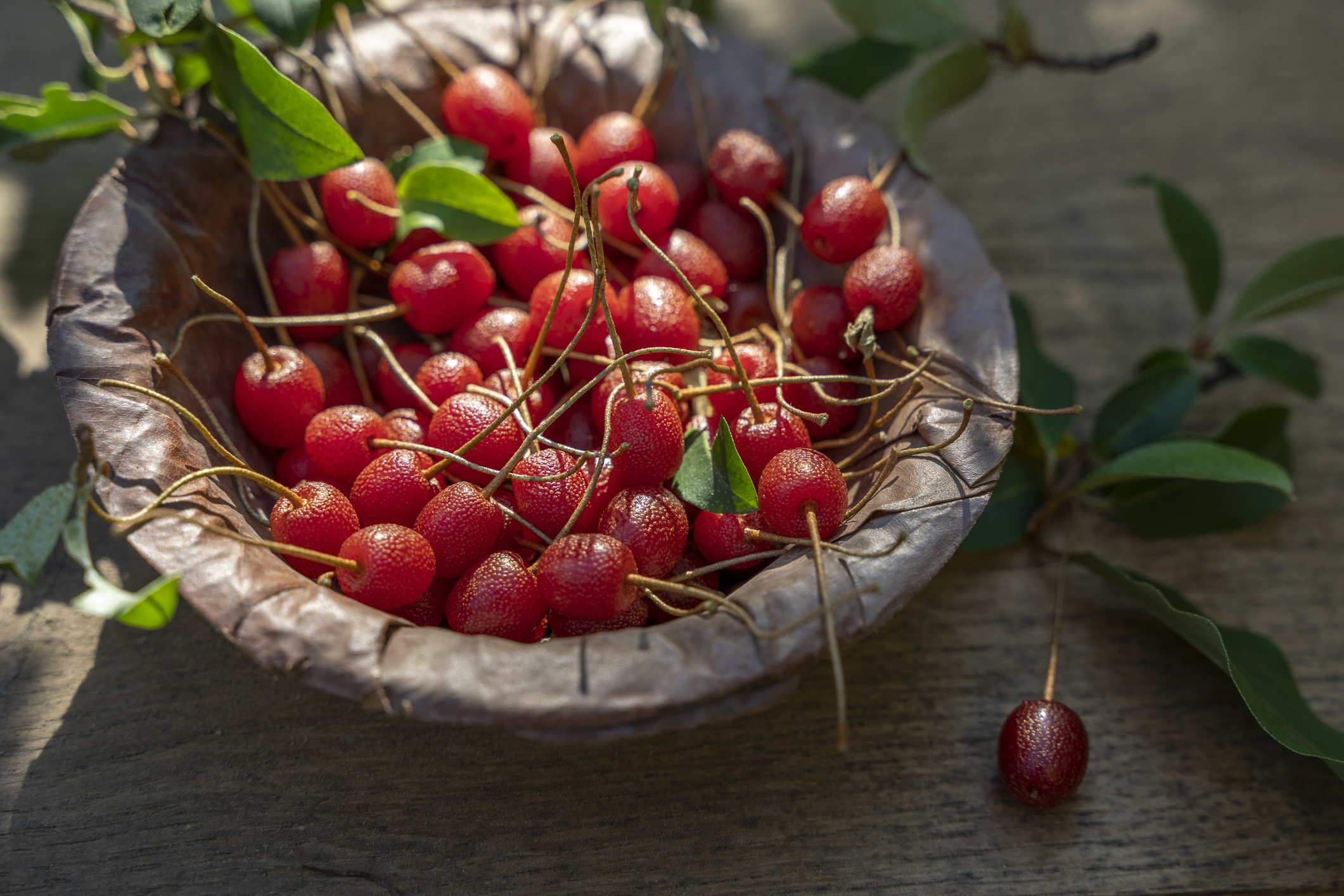
When you move house, it may be that a much-loved record or book stays hidden in one of those boxes in the attic that, despite best intentions, stays unopened for months. You know you have it somewhere and that you will be reunited at some point, but you feel its absence. I have the same feeling with particular plants that were in my previous home, which, this summer will finally be added to our new garden. Autumn olive (Elaeagnus umbellata) is one such.
Its common name comes from the time of fruiting and the leaves’ resemblance in colour and form to those of an olive. Native to the wooded hills of Japan and China, this beautiful deciduous shrub is somewhat revered and its fruit widely eaten there. As much as I love the fruit, the pleasure of its long, olive-like foliage catching the light and dancing on the breeze is as much a reason to grow it. The leaves — green uppers, with silver beneath — appear in early spring, three months at most after last season’s have fallen to the cold.
The pale-yellow flowers that appear in early summer are (as is the fruit that follows) about half an inch across, borne in clusters along the branches’ length. As with quince, their gorgeous fragrance is elusive: you can bend to smell them and get nothing, only to be enveloped in a cloud of its perfume as you walk away.
The fruit appears by mid-summer, ripening to a lively red-pink with a light-catching silver speckle. The depth of colour implies the olives are ready, but do allow them to develop into autumn or they can be mighty sour. Pick a few from different parts of the plant every day or two and go back with a basket once they are consistently sweet and juicy, with a lovely acidic edge. They will need only gentle encouragement to part from the plant.
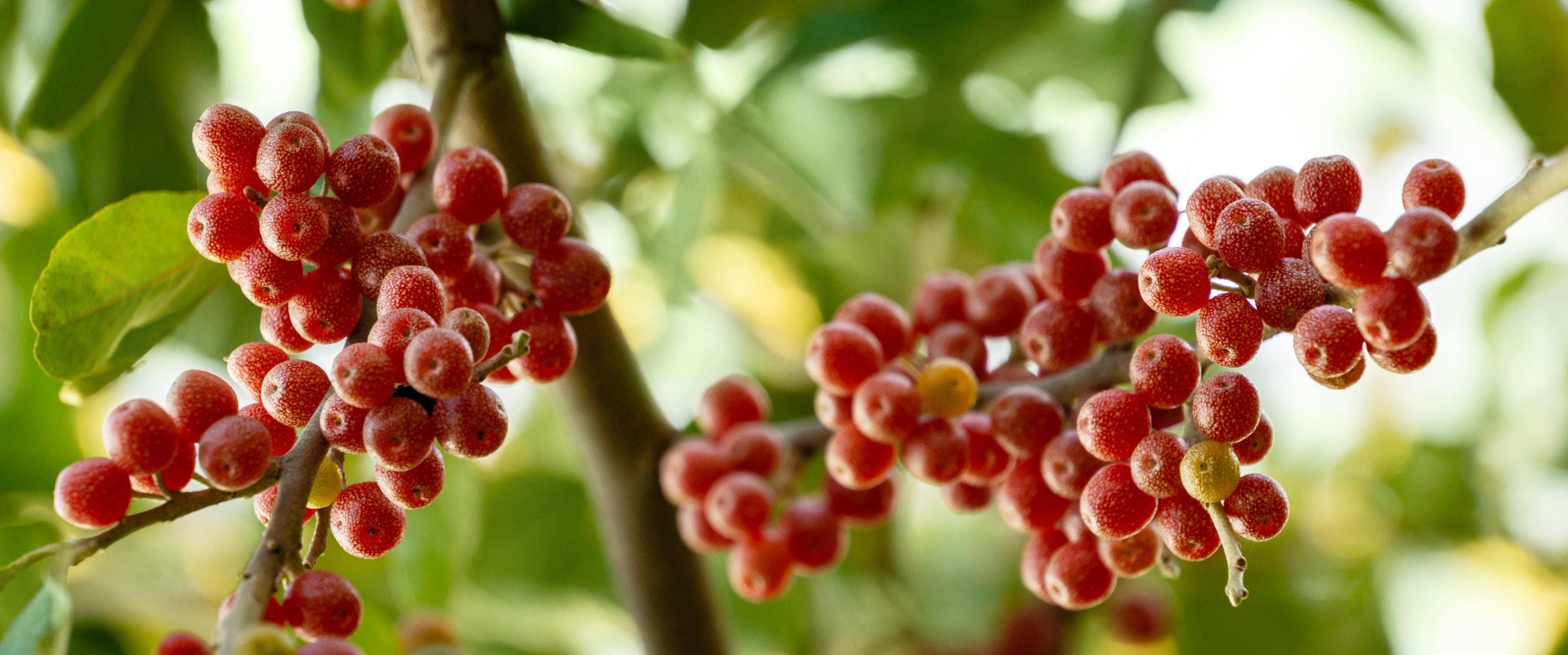
The fruit is highly nutritious. Together with other elaeagnus, the autumn olive is a great source of vitamins A, C and E, essential fatty acids and lycopene. The latter is responsible for giving tomatoes their colour and studies suggest that lycopene reduces the risk of heart disease and numerous cancers: autumn olive fruit contains 15 times more lycopene than tomatoes. Each fruit contains a single chewy edible seed: they’re neither harmful nor unpleasant and you can always sieve them out when making preserves if you prefer.
The other reason I love the presence of autumn olive is that — unseen — it is quietly nourishing the rest of the garden. It creates a symbiotic relationship with specific soil bacteria that form nodules in the plant’s roots, giving it the ability to take nitrogen from the air and make it available to itself as food. This macronutrient is essential for growth and, by producing more than it needs, autumn olive enriches the soil and nurtures neighbouring plants. That’s not all: the nitrogen-rich leaves add organic matter to the garden when they fall in winter and fertilise the soil as they decompose. Added to that, their profusion of flowers attracts a diverse range of bees and other pollinators, with positive implications for your garden’s ecology.
You can buy unnamed autumn-olive plants inexpensively from numerous hedging nurseries — and I recommend you do if planning a hedge of them — but named varieties such as ‘Brilliant Rose’, ‘Big Red’, ‘Amber’ and ‘Jewel’ are your best bet if planting only one or two. Each are superb, reliable, high-yielding, delicious varieties that also promote pollination and fruiting, so be sure to add a few to a hedge to make the whole more productive.
Exquisite houses, the beauty of Nature, and how to get the most from your life, straight to your inbox.
Autumn olive’s nitrogen-fixing ability makes it tolerant of most locations; a waterlogged or chalky soil or a shady spot are the major impediments to it flourishing. Planted solo, autumn olive can grow to more than 9ft tall and wide, but they are very receptive to even a harsh trim to keep them to the size you prefer. Planted as a hedge, they tend to grow to perhaps two-thirds of this size. Allow 8ft between them for hedging and 16ft for individual plants.
Unless you are younger and more patient than I am, I suggest starting with youthful plants. Germination can take an age and, although cuttings generally take, both the routes will leave you a long way from a harvest. Buying young plants is likely to lead to a small harvest in year one, followed by an altogether more generous supply in subsequent years.
Mark Diacono grows edibles, both usual and unusual, at Otter Farm in Devon (www.otterfarm.co.uk). His book Spice: A Cook’s Companion (Quadrille, £25) is out now
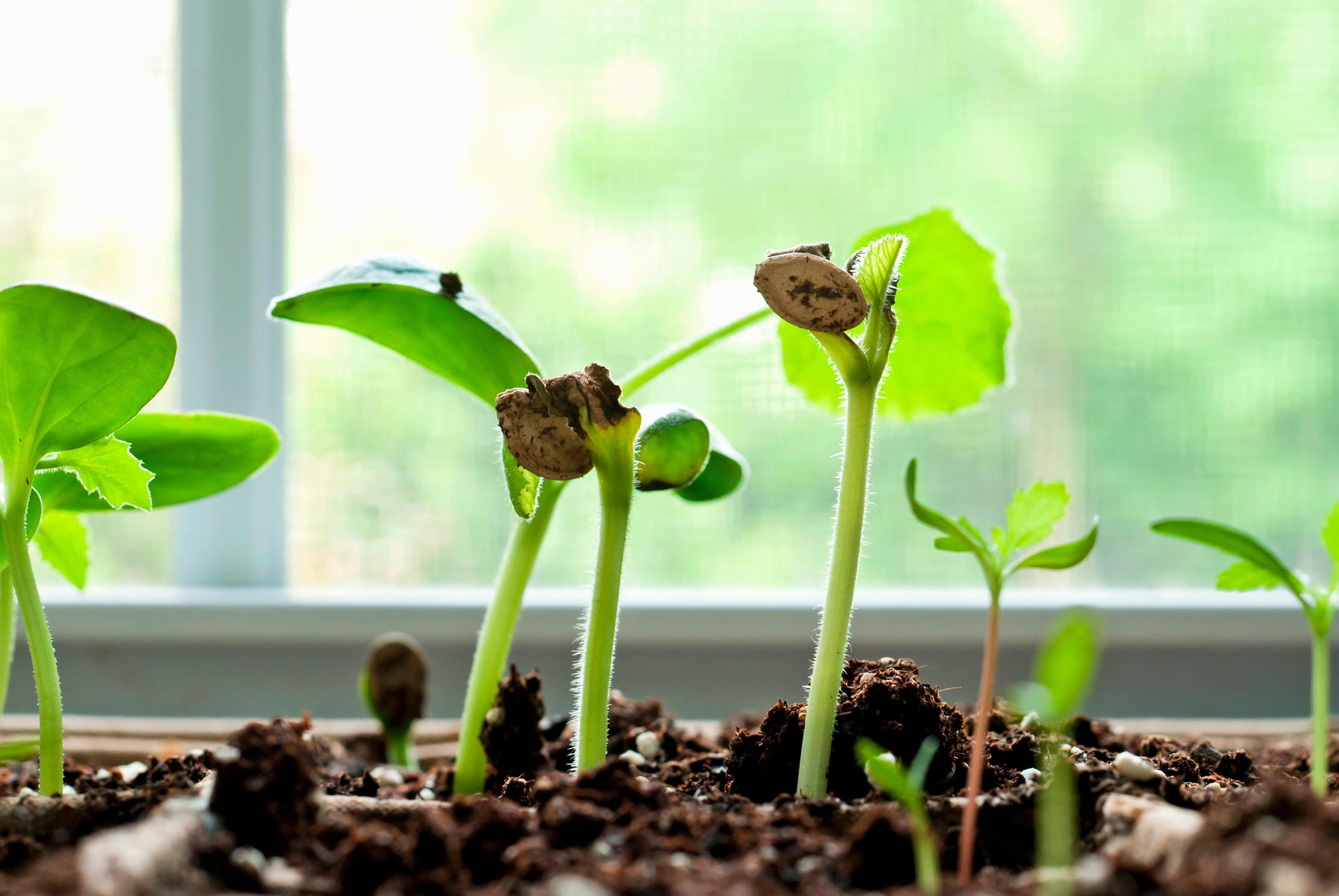
Mark Diacono: What seeds to plant, plus where and when to plant them
Growing your own from see to harvest is highly rewarding, and here are some tips to get the best possible
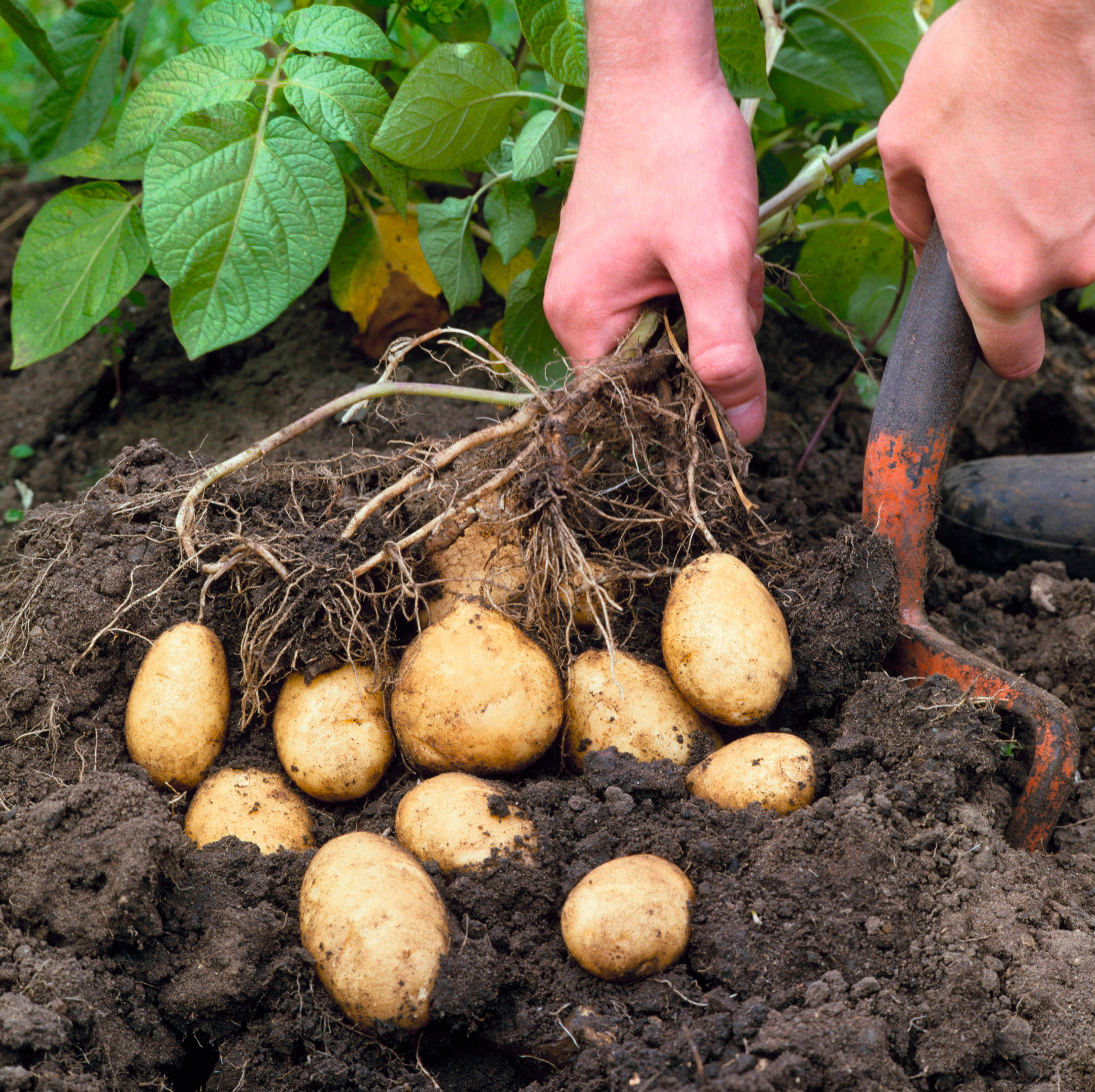
Mark Diacono: Chips, mash, roasted or dauphinoise — all better with your own potatoes
The versatile varieties of the potato make it a great crop to experiment with and, no matter what, nothing beats
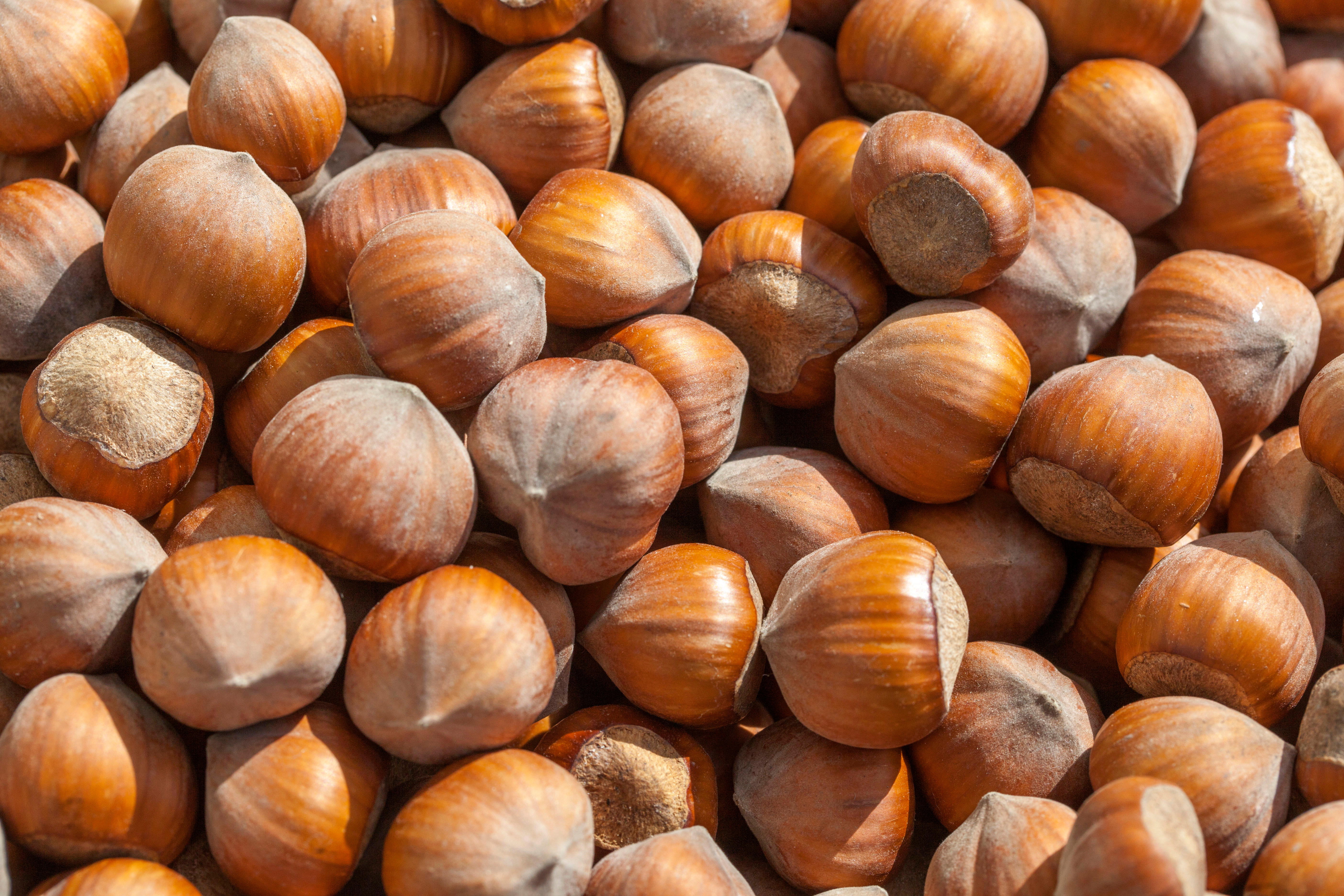
Mark Diacono: How to grow your own hazelnuts (and why you'll find it rather easy)
Our resident grow-your-own expert Mark Diacono gives his tips on the surprisingly easy hazelnut.
Mark is lucky enough to spend most of his time eating, growing, writing and talking about food. He has written fourteen award-winning books, including A Year at Otter Farm and A Taste of the Unexpected (both won Food Book of the Year, and Garden Book of the Year). Known for growing everything from Szechuan pepper to pecans to Asian pears, Mark's refreshing approach to growing and eating has done much to inspire a new generation to grow some of what they eat. He was involved in the early days of River Cottage, appearing in the TV series, and writing four River Cottage books. Mark writes to a global audience on his best-selling Substack: Mark Diacono’s Abundance.
